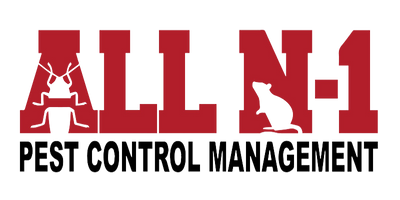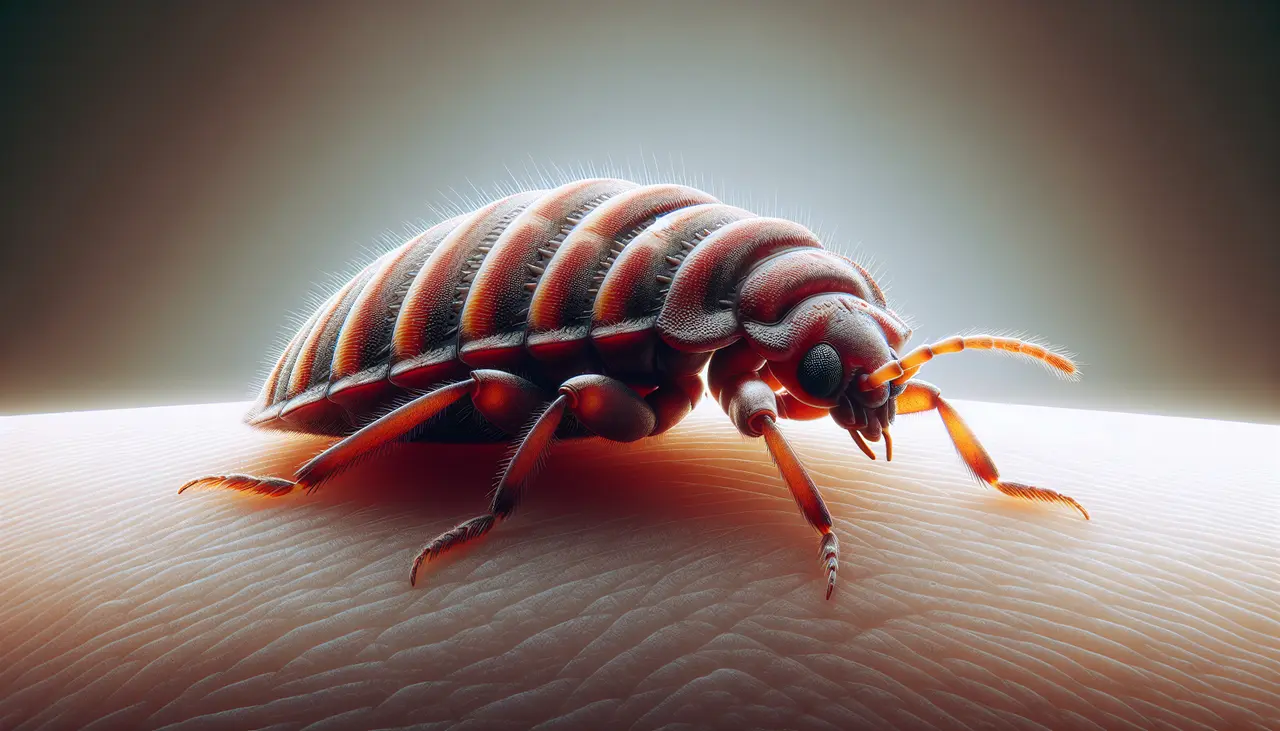Detecting bed bugs early is crucial in preventing infestations from spreading and causing further problems. With various detection tools available on the market, it’s essential to know which ones are the most effective. In this article, we’ll explore the top tools used for bed bug detection, their pros and cons, and how they work.
Understanding Bed Bug Detection
Before diving into the specific tools, it’s important to understand the basics of bed bug detection. Recognizing the signs of bed bug presence, such as bites, small blood spots, and fecal stains, is the first step. Early detection is pivotal to implement timely treatments and prevent further spread. Effective detection begins with education about bed bug behavior. These reddish-brown insects often hide in the seams of mattresses, cracks in furniture, and even in electrical outlets, making them difficult to spot. Regular monitoring and thorough inspections can help catch these pests early before they establish a significant presence.
Understanding how bed bugs travel and spread is also crucial. These insects can easily hitch rides on luggage, clothing, and used furniture, dispersing quickly to new locations. This mode of travel makes preventative measures and early detection essential. For businesses, especially those in the hospitality or transportation sectors, proactive strategies are necessary to avoid the reputational damage and financial cost bed bugs can cause.
Visual Inspection: A Basic Yet Essential Tool
Visual inspection is often the first method employed in detecting bed bugs. This involves thorough examination of beddings, furniture, and other suspected areas. While this method is accessible, it requires expertise to identify the elusive bugs and their signs accurately. The presence of bed bugs can often be indicated by spotting bug casings or skins, small bloodstains on sheets, and clusters of eggs, which are tiny and white. Detection relies not only on seeing the bugs themselves but also on these subtle signs left in their wake.
One limitation of visual inspections is the potential for missing early signs, especially if the inspector isn’t trained to recognize the more elusive indications of bed bug activity. As experts might suggest, pairing visual inspections with more technological solutions or professional interventions can increase effectiveness, ensuring thorough coverage particularly in high-risk areas or cases.
The Role of Canine Scent Detection
Canine scent detection utilizes specially trained dogs to sniff out bed bugs. Known for their acute sense of smell, these dogs can identify infestations with high accuracy. This non-invasive method is quick and efficient, especially for large-scale inspections. What sets canine detection apart is their ability to detect bed bugs in areas that are visually obscured, such as inside walls or deep within furniture. This makes them invaluable in home settings and commercial spaces alike.
The efficiency of trained canines is well-supported, often being able to inspect a room in a fraction of the time it would take a human. This speed and precision make them particularly useful in varied environments, from hotels to multi-family housing complexes, where rapid and dependable bed bug detection is essential. Furthermore, canine detection is not influenced by clutter, which might impair human inspections, therefore offering a reliable solution to bed bug detection in less accessible areas.
Electronic Monitoring Devices
Electronic monitors are modern tools that use CO2, heat, and pheromones to attract and detect bed bugs. These devices can continuously monitor areas for the presence of bed bugs, providing real-time data and alerts to homeowners and pest control professionals. The allure of electronic monitors lies in their ability to function around the clock without human intervention, making them ideal for persistent and stealthy invaders like bed bugs.
Within the realm of electronic monitoring, innovations like the TruDetx™ Bed Bug Rapid Test stand out. This device boasts of a rapid detection capability, delivering results within minutes with an accuracy rate exceeding 90%. The deployment of such tools often hints at the integration of smart technologies, combining the strengths of novel detection with real-time monitoring. While promising, users must consider potential costs against benefits, especially in settings that demand rigorous pest control measures.
Using Bed Bug Interceptors and Traps
Interceptors and traps are passive detection tools placed under furniture legs to capture bed bugs as they move. These inexpensive devices help in monitoring and confirming bed bug activity, giving a clear indication of infestation levels. Their simplicity and effectiveness make them ideal for both residential and commercial settings. While traps are effective at capturing bed bugs, they also provide valuable insight into the severity and extent of infestations. Regular inspection of these traps can help determine the level of activity and decide on the necessary action.
These traps work by taking advantage of the bed bug’s natural behavior, but just like their natural counterparts, they need positioning and monitoring over time for the most reliable results. It’s critical to note that while interceptors are great for detection, they do not solve the infestation on their own. Thorough and informed action beyond detection is essential for complete pest control management.
The Ultimatum of Professional Pest Control Services
When DIY tools and methods don’t suffice, professional pest control services offer comprehensive detection and eradication solutions. Equipped with advanced tools and treatments, they guarantee a higher success rate in managing infestations. Professionals not only bring experience and resources to the table, but they also employ specialized techniques tailored to the specificities of your situation, ensuring safety and thoroughness in the process.
Consulting with professionals is advantageous especially when dealing with severe or large-scale infestations that pose significant challenges. Professional services provide robust and often customizable treatment plans, which may include heat treatments and cryonite freezing, offering non-toxic methods to tackle bed bugs effectively. This lead to safer and typically more successful eradications, offering peace of mind and healthier living environments.
Choosing the Right Tool for Effective Bed Bug Detection
Selecting the right detection tool can significantly affect the success of identifying and addressing bed bug infestations. By understanding the advantages and limitations of each tool, individuals and professionals can make informed choices to efficiently manage bed bug detection and control.




